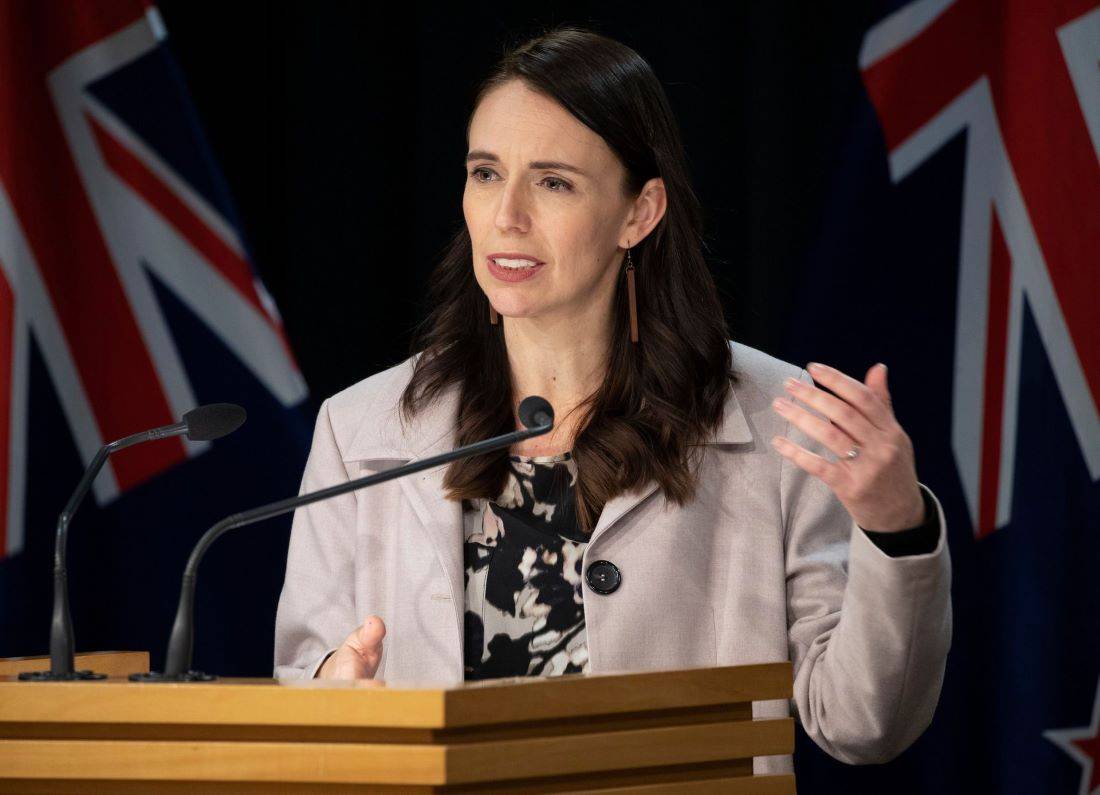
The government said in a statement that it had made a number of changes to the original proposal, including allowing farmers to offset their carbon emissions with on-farm forestry and committing to keeping emissions pricing as low as possible.
The government released a proposed agricultural emissions pricing plan in October, which, if implemented in 2025, will make New Zealand, a major agricultural exporter, the first country to require farmers to pay for emissions from livestock. Farm groups were outraged by the initial plan.
"The most important thing is to establish a long-term emission reduction system," New Zealand Prime Minister Jacinda Ardern said in a statement following the announcement of the changes. "We are working hard alongside the agriculture sector to strike a balance between increasing sector buy-in and ensuring the system is robust and meets our emissions reduction goals," she said.
The sector largely welcomed the changes. He Waka Eke Noa, a group representing farmer bodies and indigenous interests, said in a statement that the government's emissions pricing system was on the right track.
Large amounts of greenhouse gases (carbon dioxide, methane, and nitrous oxide) are emitted by livestock, primarily during digestion and manure decomposition. The Climate Change Commission recommended that the rising cost of emissions serve as a catalyst for innovation and the adoption of new technology, with government hardship payments to ease the transition.
"It shows the Government is listening to sector and Maori views and is taking action to address concerns. This demonstrates the value of collaboration," said He Waka Eke Noa Independent Chair Sarah Paters. Final decisions on agricultural emissions pricing will be made early next year, with legislation expected to be introduced in parliament by the middle of the year.
















